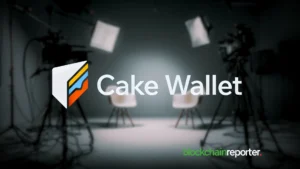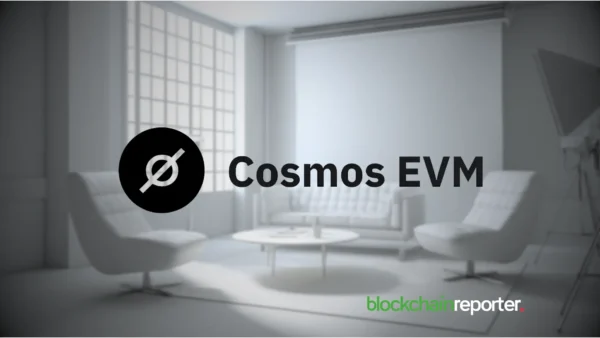
As controversial as they are innovative, stablecoins have taken the crypto world by storm. While most stablecoins are tied to a single fiat currency, Neutral, an open financial protocol, has announced the launch of its first product, a next-generation stablecoin called Neutral Dollar (NUSD). The Neutral Dollar is a basket of stablecoins currently collateralized by DAI, TUSD, PAX, and USDC.
We speak with Matthew Branton, Chief Technology Officer of Neutral:
The Neutral Dollar isn’t like anything the market has ever seen before. How did you come up with it?
Neutral Dollar was inspired by traditional financial instruments such as index products that you would commonly see in conventional markets, as grouping assets together diversifies exposure and risk. Index products also aid market maturation, by allowing investors greater accessibility to more easily obtain exposures to a broader range of assets. Neutral is inspired to create blockchain-native aggregate financial instruments to facilitate the growth of cryptocurrencies and improve market dynamics for the better.
Our empirical testing has illustrated that by aggregating several stablecoins together into a basket, we can reduce the overall risk exposure to one individual coin’s volatility and can produce a more stable token that fluctuates more closely to the intended value.
The four stablecoins that are being collateralized are DAI, TUSD, PAX, and USDC. What was the criteria for choosing them?
The composition of Neutral Dollar’s aggregated basket was done through robust testing that illustrated that the combination of these particular stablecoins reduced overall risk exposure to one individual coin’s volatility and can produce a superior token that is the most stable. We examine both price behaviour and liquidity factors to assess viable constituents, however, this may change in the future as the basket evolves over time to include other stablecoins, further diversifying risk and increasing the overall stability of NUSD.
How will Neutral Dollar be valued considering the changing price of the various stablecoins?
Neutral Dollar will have a value associated with underlying collateralized stablecoins. Therefore, the Neutral Dollar’s value should fluctuate accordingly by the changing prices of the underlying assets.
Stablecoins, in themselves, seem to be highly favoured by the mainstream financial world (JP Morgan launching a stablecoin, for instance). Does this signify that full trust in ‘pure’ cryptos hasn’t been achieved?
There will be various use cases for different stablecoins, with different levels of ‘purity’ in the crypto sense. Enterprise-focused or central bank digital currencies may focus on certain use cases, with the intent to employ and engage with different levels of trustlessness for the end user.
What benefits would an investor enjoy by investing in a product like Neutral Dollar versus traditional stablecoins?
Neutral Dollar is a more stable stablecoin because of how it diversified risk. Neutral Dollar is able to maintain its stability, while harnessing the volatile nature of the cryptocurrency industry, through the unique way in which it solves the issue of fragmented liquidity and offering full transparency of its assets with real-time audits. Because of this, NUSD will serve as a superior hedging, trading, and investing instrument.
It’s been said that Neutral is planning to develop a suite of financial products besides Neutral Dollar. Could you give us some idea of what else is being developed?
Neutral is an open financial protocol, a mechanism that has been developed to create aggregate products. Meaning, we can basket or group any asset. Our primary focus at this time is the Neutral Dollar, but will look into different products in the coming future.
You’ve stated that your aim is to increase stability in the crypto market. Some would argue that its wild volatility is part of its appeal. Do you agree or will the so-called appeal fade off as the market becomes more mature?
The appeal of stablecoins is the increased stability, and lower volatility they promise. While some may understand the appeal of crypto to be its wild volatility, engaging in non-stablecoins can be detrimental to investors because of currency risk. Hence the creation and desire to engage with more risk-averse assets such as stablecoins like Tether, TUSD, DAI, and in the future, NUSD. As the market matures, we will discover more tools that will make actual investing or trading practices more readily available and accessible. This accessibility will not change the volatility of crypto – but market maturation should give us the tools to invest in a more thorough manner.







